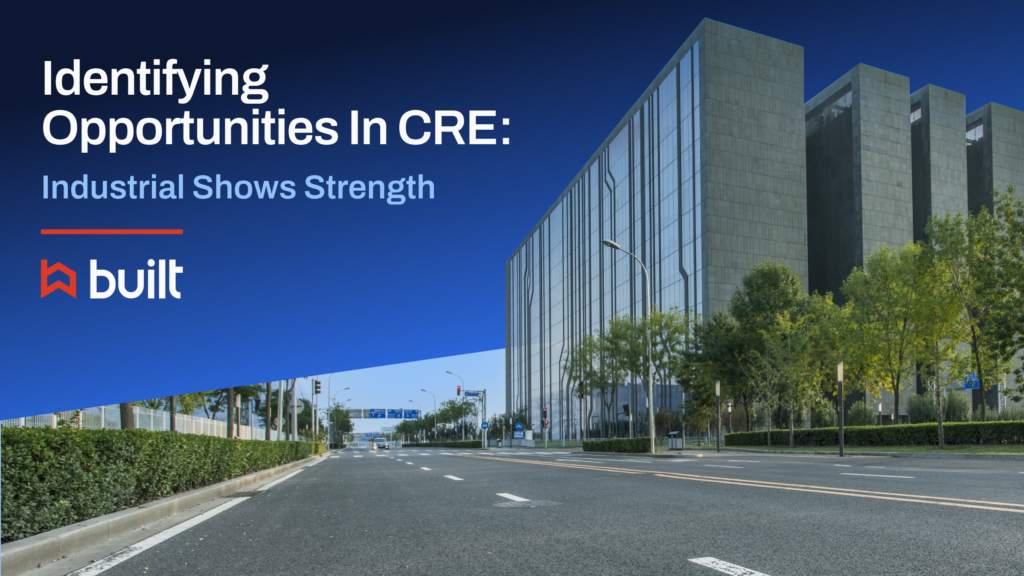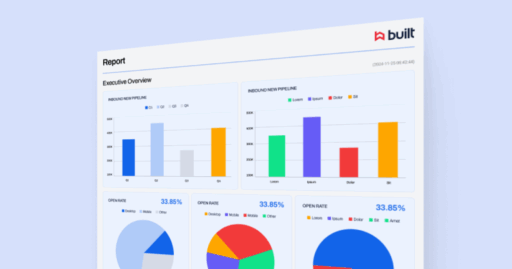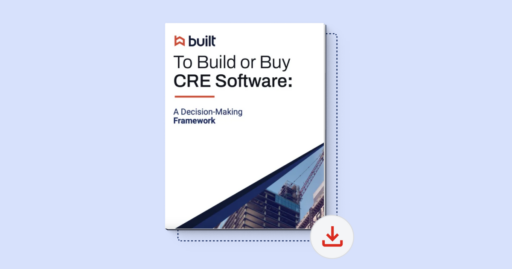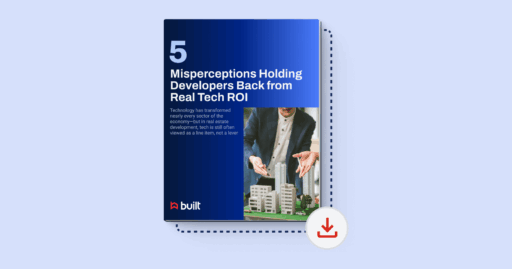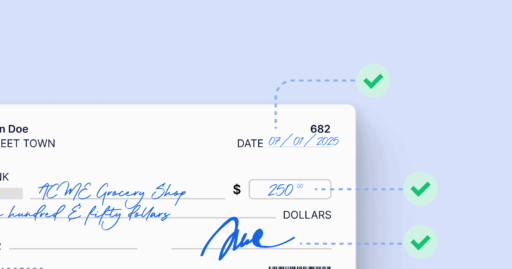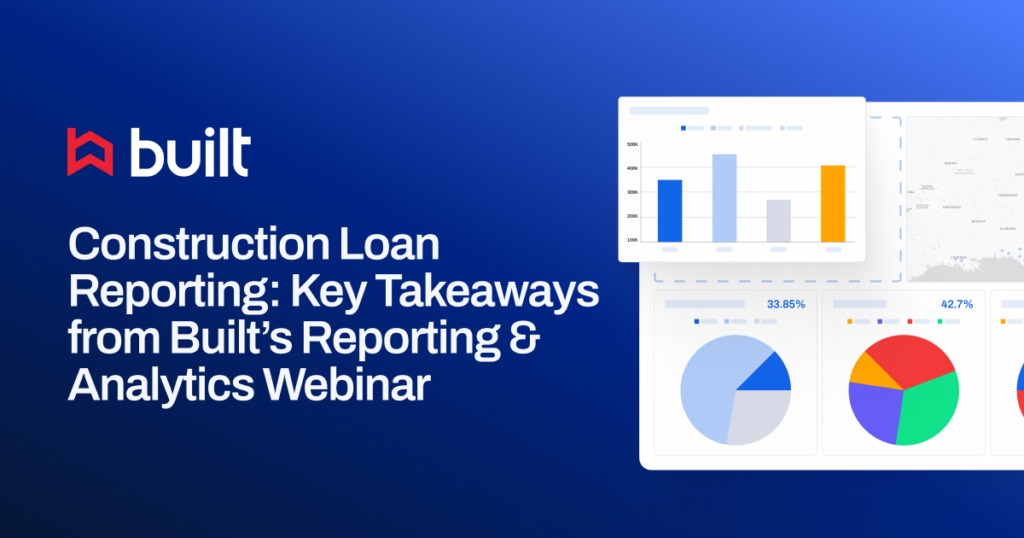
Net Operating Income: The Role of NOI In Commercial Real Estate

When valuing commercial real estate, it’s crucial to keep certain metrics in your back pocket. One of these is net operating income (NOI). Investors, lenders, and developers all use NOI to determine the profit a property will pull in over the short and long term.
NOI is an essential part of any CRE deal, making it crucial to understand what NOI means, how to calculate it, what factors influence it, and its importance in the CRE economy.
Net operating income explained
NOI reflects the profit you can expect a property to bring in from the sale after accounting for all expenses. Here’s the basic formula:
NOI = Revenue – Expenses
You can also use NOI to calculate the profit you expect a rental property to bring in after accounting for all projected expenses, or the rent you’ve already received. Here’s the formula for this variation:
Rental NOI = Gross projected rent or net rental value – Vacancy loss estimate
To further clarify, let’s break down the elements that can influence variables like revenue and expenses.
Revenue can include the sum total of payments a customer makes to the property owner as a part of the sale. Alternatively, it can consist of projected or actual rental payments and reimbursements for agreed-upon expenses.
Expenses for commercial real estate properties typically include real estate taxes, insurance, utilities, administrative costs during the project’s lifetime, repairs, maintenance, deal management, and more.
At its core, the metric of NOI can help you better understand the profitability of a CRE project. Regularly updating the metric throughout the project’s lifetime (including before and after the sale or initial lease) will keep you abreast of the profit and help you better understand your portfolio and market.
What influences NOI?
NOI does not exist in a vacuum. There are a handful of factors that can change a property’s net operating income.
Here are some key factors influencing NOI:
- Operating expenses
Operating expenses are the key determinant of resulting NOI. As operating expenses change, so too does the NOI. Your expenses may be higher or lower depending on how the project is going. Using the right data analytics software can better help you predict what your operating expenses will be by the end of a project, so you aren’t hit with as many surprises.
- Market conditions
The other main element of NOI is revenue, which is heavily influenced by market conditions. For example, Global Commercial Real Estate (CBRE) in its U.S. Real Estate Market Outlook 2023 report says, “Sharply higher interest rates will weigh on the U.S. economy in 2023.” However, the overall outlook isn’t dire. The report adds, “The U.S. consumer has low leverage and a relatively strong balance sheet. The digital economy and the reshoring of manufacturing—particularly semiconductor production—are two significant growth drivers.”
Homing in on the CRE market, and understanding where it is today and where it’s headed will play a major role in your NOI.
- Vacancy rates
For leased properties, vacancy rates impact long-term rental revenue. The lower the vacancy rate, the higher your profitability. Doing what you can to minimize vacancy will positively affect your NOI.
- Rental income
Market conditions impact more than just sale prices. They also impact rental income on a monthly or annual basis. For example, The South Florida Business Journal reported that Palm Beach County office rents fell 19% to account for lower demand, a trend that counteracted recent industry-wide spikes.
The role of net operating income in CRE
Net operating income is a useful metric in business and real estate at large. However, NOI is useful in the CRE space for a few particular reasons.
Those involved in CRE projects can use NOI to:
- Evaluate property performance: You can use NOI to measure property profitability and compare NOI across different properties.
- Determine property value: By adjusting the numerical factors in the NOI equation, you can determine a property value that makes sense for profitability. Plus, you can develop a relationship between property value and NOI, helping you better control financial output.
- Understand capitalization rate: The capitalization rate (or cap rate) in CRE equals NOI divided by current market value. Cap rate represents the one-year yield of a property purchased on cash. Without NOI, you can’t calculate capitalization rate.
- Estimate net cash flow: You can use NOI to calculate net cash flow, which is NOI minus capital expenditures and debt service.
- Attract and secure financing: Lenders often use NOI as a determining factor in loan approval. Additionally, NOI impacts loan terms and interest rates.
Why you should monitor property NOI
Effective and efficient analytics is a game changer in the CRE industry. Lenders, investors, and developers can achieve this by utilizing intuitive and adept CRE deal metrics and data analytics software. Gleaning the right data on an ongoing basis can provide you with a more accurate NOI, allowing you to better plan your portfolio maneuvers.
As you monitor property NOI, you can identify areas for improvement in your strategy—whatever angle you operate from in the CRE industry.
Strategies to increase NOI depend on many variables, including whether you’re selling or renting, what geographic markets you’re operating in, what class of CRE you’re working with (luxury vs. affordable, for example), and much more. Just to give you an idea, here are a few examples of how you may be able to increase NOI:
- Raising rental rates
- Reducing operating expenses
- Enhancing property amenities
- Implementing cost-saving measures
- Changing markets
- Changing lending requirements
For lenders, the long-term implications of growing your portfolio’s NOI can make a tangible difference in the success of your clients and, subsequently, your own success.
Where CRE goes, NOI follows
Those involved in commercial real estate should pay close attention to net operating income, including what influences NOI, the role it plays in CRE, and why you should monitor it.
While a variety of factors can influence NOI, many of which are out of your control, there are ways to increase a property’s NOI. Whether you’re coming as a developer, lender, or another involved party, understanding the intricacies of NOI can be the key that unlocks profitability down the line.
Related Posts


Built Names Chris DeVito as Vice President of Product
